Common Assumptions about Whole Life Insurance!
What is going on everybody? Steve Paris here I hope your day’s off to a great start. In this video we are going to go through how to design a whole life insurance policy for maximum cash value. When it comes to whole life insurance a common assumption is that I am purchasing a life insurance policy .
Payment in cash value
If you’ve ever been presented whole life insurance or perhaps you’ve owned it in the past let me know if you’ve thought of it like this I have a policy where I pay a premium I have a death benefit typically that premium is very high I view it as expensive .
I’m told I have this great cash value benefit but in the 1st year I have next to nothing or perhaps I have a percentage of my payment in cash value but when I really look at the numbers it takes me something like 10 years just to break even meaning .
If I’ve paid in $10,000 per year for 10 years a total of $100,000 at that point in time I have $100,000 and I’m in the red negative all the way up until year 10. This is why people typically do not like whole life insurance and they say.
A traditional whole life insurance policy
I hear these great things about it that the wealthy put a lot of money here it’s safe, liquid, tax-free but then I see an option and frankly I’m not interested like I’m not going to waste my money or wait 10 years just to get it back.
But then when it comes to a whole life insurance policy here’s the key on this did you know here we go did you know that if you’re paying any amount of money into a policy you the policyholder can actually decide where your money goes.
At the end of the day your money can go toward 1 of 2 areas I can direct my money toward the insurance premium or directly toward this PUA Rider. Premium dollars I like to refer to these as insurance expense dollars initially if I pay any amount of money toward the premium with a traditional whole life insurance policy say it’s $1,000 .
The cost of insurance
I won’t see anything show up in cash value often in the 1st year and sometimes the 1st and 2nd year and the main reason why is that premium dollars primarily purchase me life insurance first and then cash value is secondary in the 1st year 2nd year nothing shows up in cash value beginning year 3 .
If you continue to make that $1,000 per year payment I would see it come back to cash value but a nice way to explain it from the insurance company’s perspective is that they are going to overcharge you for the cost of insurance the whole life death benefit upfront.
Whereas PUA that stands for paid-up additions this Rider I like to refer to it as a cash dump in if I were to pay the same dollar amount here $1,000 I would see that show up in cash value that’s money you can access right away that begins to earn the guaranteed rate right away it begins to earn dividends this is the key to accelerating the cash value component of a whole life insurance policy.
A whole life insurance policy
Now it does buy you some additional death benefit as well but just about everyone that we work with when they are pumping money into this component right here guess what they’re interested in? The cash value so many people express I don’t care about the death benefit I’m interested in the cash value primarily that is why I’m paying money into a whole life insurance policy.
It reminds me of a story when I was in my early years in the business when I first got into the business for a couple years I’m playing around with the design software I’m sitting on the couch next to my dad and he’s always been into numbers finance investing .
It’s always been his thing and he’s looking at the numbers and he says huh you know that’s interesting you know if I put money into this policy can I just put nothing into the premium and put everything there into that PUA piece?
Because he was interested in the cash value and my answer was well dad we can’t go quite that low you have to put something in the premium. And my dad being my dad at that point in time said I don’t want to do it then and about 10 years later he purchased the policy he might have been 8 years later .
The cash value component
But my point is he was not interested at all in the death benefit he was interested in the cash value component because with the whole life insurance policy it is a safe liquid tax-free area to position money I can also borrow against that policy and my money continues to compound as if the money were still there.
But naturally if I go back to the story about dad he wanted to pay nothing toward the premium he has to pay something toward the premium here is the question right here that comes up following up okay I’d like to pay 0 here if I can’t go 0 how low can I go?
And the answer to that question varies depends really on the insurance company you’ll find with the top companies in the industry your 4 major mutuals a MassMutual Guardian New York Life or Northwestern Mutual who have always been just leaders in respect to crediting the strongest actual cash values to policyholders .
Transparent all companies
You’ll find that typically the lowest you can drive that premium is approximately 10% which allows me to then allocate 90% toward the PUA component so what that would mean to demonstrate if you said okay I’d like to be able to pay $10,000 per year into a policy .
But I do not want to get a bill for that I don’t care about the death benefit I’m interested in cash value how do I get the best possible cash value assuming I make this $10,000 per year payment? And what you could do literally with the design is set it up .
Where we have a $1,000 minimum premium that would be your annual commitment so you’re billed for that each year and then at your discretion you can add up to another $9,000 per year into PUAs totaling the $10,000 and to be very transparent all companies have different limits some companies .
Maximum cash value
If you have a $1,000 base premium will allow you to pay another $10,000 into PUAs for a total of $11,000 some smaller companies have no limits where you can go much lower than 10% so it does depend on the company.
But really to reiterate this story how low can you go does depend on the company but what we found with the top companies those 4 major mutuals which have always credited the strongest cash values when we drive the premium as low as we can that’s .
Where we really set up that perfect storm where we have maximum cash value on a guaranteed and non-guaranteed basis and looking at history and policies that have actually lived the test of time we’ve seen this to be the case even more so. So that limit that I just referred to there that 10/90 split 10% premium would be an insurance company limit so that’s the first limit I need to be aware of.
Death benefit
The second limit would be this guy this MEC which stands for modified endowment contract. So a huge draw to cash value life insurance is in respect to the cash value if you do everything properly you can access that money tax-free anytime you want without penalty if you do everything properly.
Don’t you love it when people just say if you do this? I’m not going to tell you everything. So if your policy becomes classified as a MEC a modified endowment contract in the eyes of the IRS [Internal Revenue Service] what happens specifically is your cash value still grows tax-deferred your death benefit is still paid out 100% income tax-free but with a modified endowment contract.
If you ever want to access the cash value what will happen to be very specific here is in respect to the gains (1) you must pay ordinary income tax and then (2) if you touch it prior to the age of 59 and a 1/2 we have an additional 10% penalty tax and again this is only on the gains but still it ruins a lot of the attractive features that come with a whole life insurance policy in respect to the cash value.



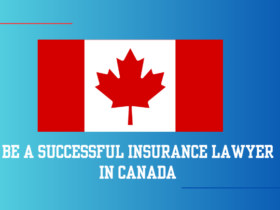
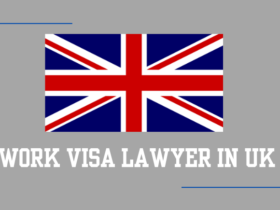

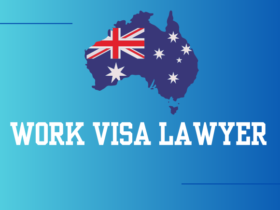
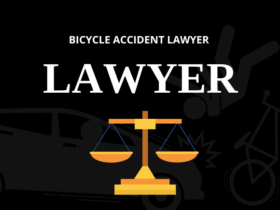














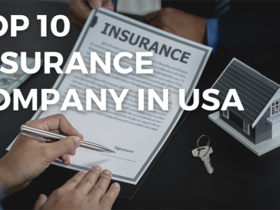






Leave a Reply